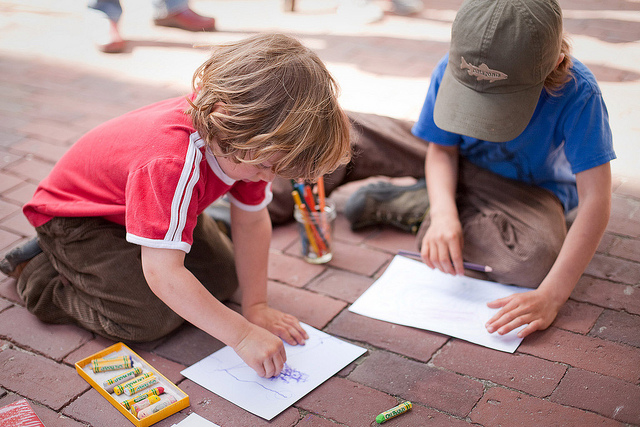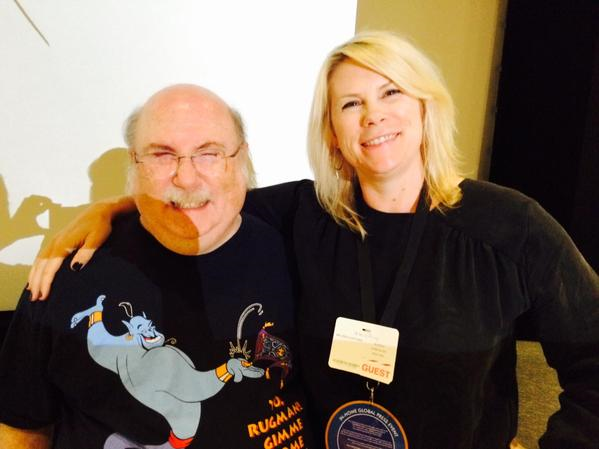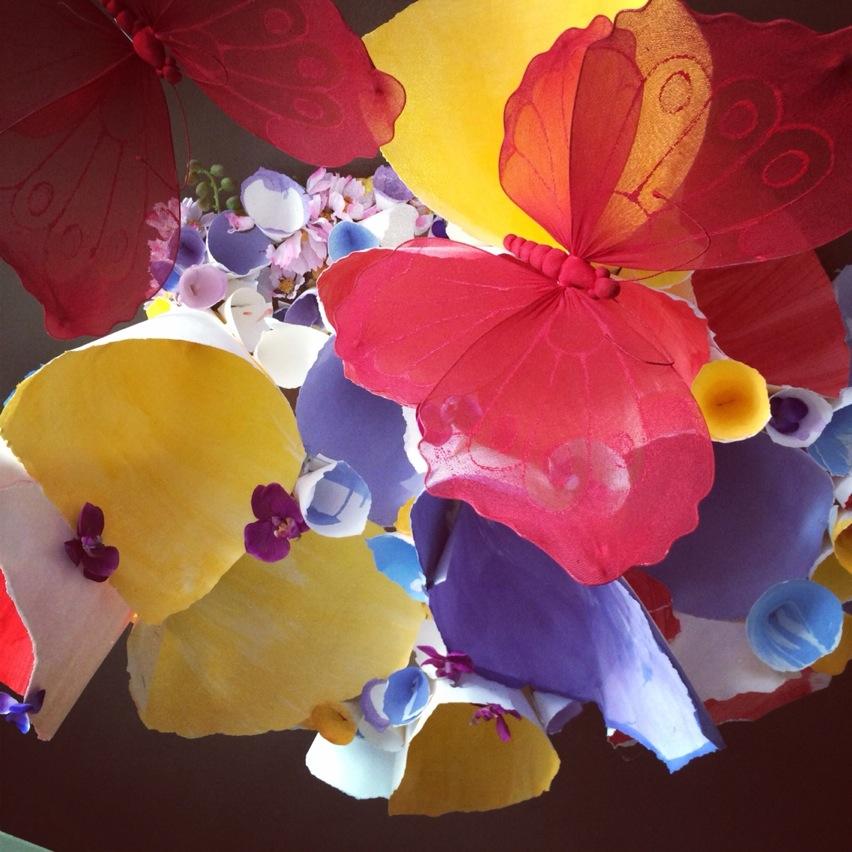
Reflections :: Imagination as Practice
Depth psychologists believe and even study something called the imaginal realm.
The imaginal realm exists in every one of us. It communicates through symbols. It is an active, healthy part of human relating. Ever get a song stuck in your head, or see an image on your mind screen when someone is telling you a story? Those are symbols, the mouthpiece of the imaginal realm. The imaginal realm is precisely the way our intuition, our inner mysterious nature that infuses us with power and spark, reverence and awe, speaks. Neuroscience calls it right hempisphere brain functioning: intuition, inner guidance, creativity, empathy.
I call it Soul.
As I continue to practice and study depth psych, seeing it in action with clients and in my own life is just awesome. Learning to be soulful, and doing so while modeling it for your children, is as easy as playing games. With this in mind, I thought I would impart an easy exercise mom and kids can do together, maybe as a fun learning experiment.
The idea of the game is to let the soul live, and the technique is by giving value and time to the imaginal. This can start with paper and crayons, or even just mom and little one laying together on the family room floor. Either way engage in story time. Mom (dad) or child can take the lead by allowing time for symbols to arise. Meaning draw, paint, or ask your child what should we tell a story about–and in answering remember, this is actually allowing the imaginal to speak. Maybe it is Dinosaur! Or Bird, or Ocean! Or Teacher, or Allie My Best Friend…No matter what arises, once the symbol has been made clear–explore asking it about itself.
So the dialogue can be something like Ok, if we ask Dinosaur what it looks like, what does it say? If we ask what it likes to wear, what does it say? And so on. These responses can be colored, painted, acted out or just talked about. Regardless, merely by actively encouraging this kind of exploration, both mom and child are sharpening right hemisphere functioning. Studies show this contributes to stronger inter-lobal processing, making a fundamentally more well-rounded and capable person in terms of developmental strengths.
It’s good practice for adults and children alike.
Just remember, symbol. What doesn’t matter is the meaning or interpretation of symbol–which places the emphasis on the already over-taxed logical or left-brain side. Simply allow the symbol to create itself, and do so by playing, exploring–living in and thereby honoring the imaginal.
And, have fun!
Photo courtesy of Flickr:
Photo courtesy of Flickr:
0



